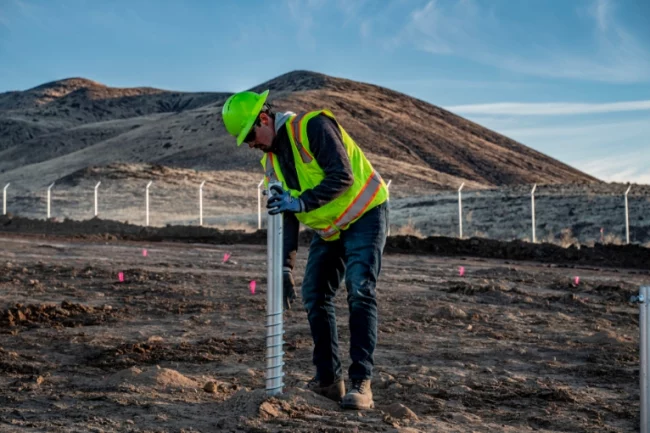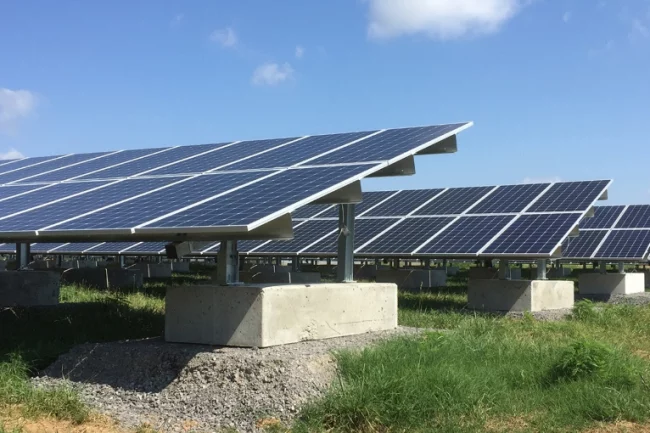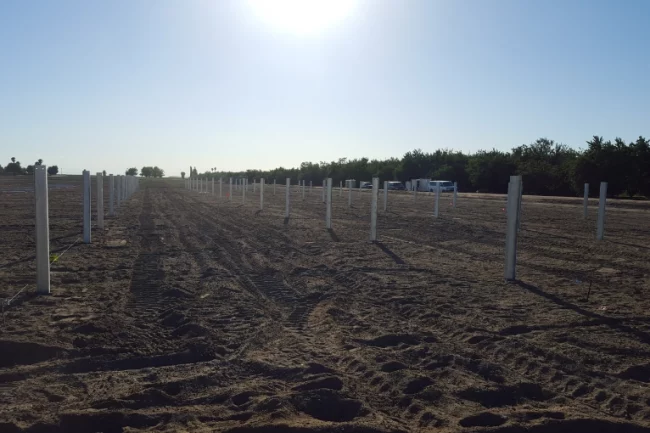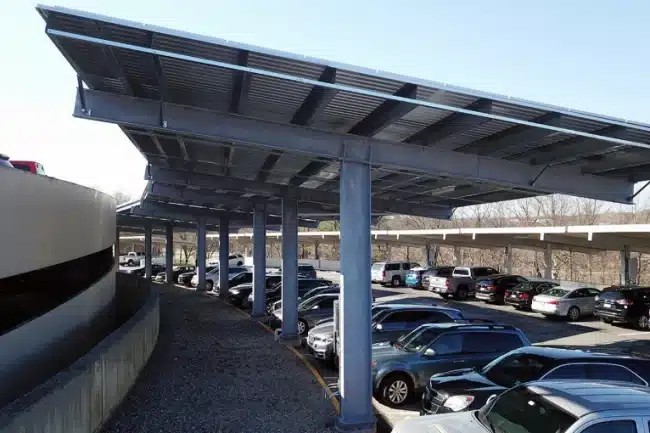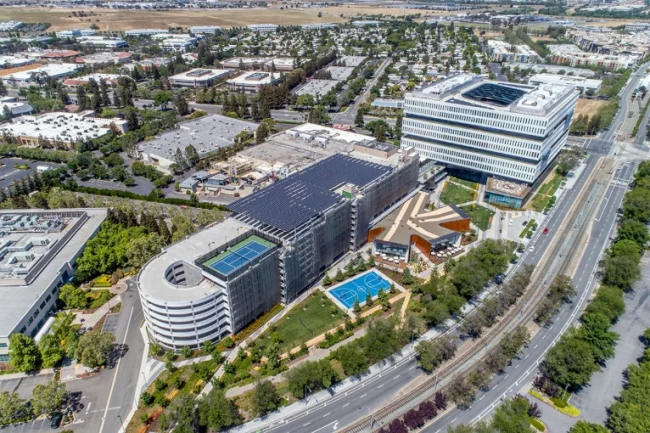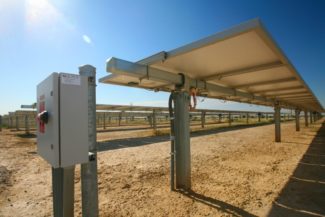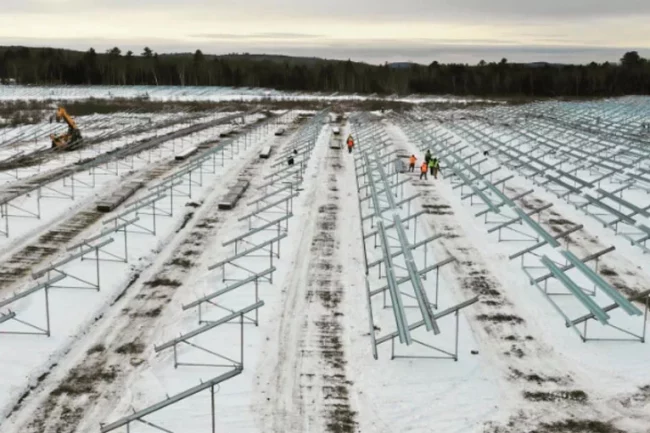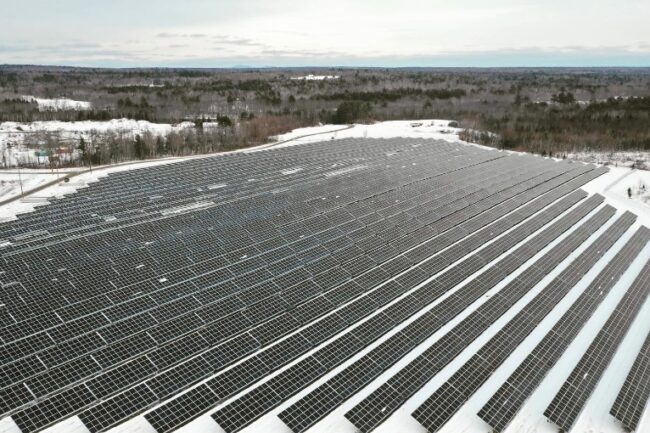The pandemic has caused unpredictable material costs and shortages. Add the constant challenge of balancing risks and returns and it’s an increasingly complex climate for solar EPCs and developers.
The numbers aren’t great. Currently, 90% of all power and energy infrastructure projects are either over-budget or delayed, according to a study by FMI Consulting. Analysts from the International Journal of Innovation, Management and Technology say construction projects overall typically exceed budget by at least 16% — often far more.
Utility-scale PV construction is no different: Every minute and every cent counts.
So how do EPCs ensure solid project efficiencies and returns? By making sure to address every detail proactively throughout the project lifecycle. Take a neglected eBOS component: wiring. Cutting corners in the wiring supply chain risks unforeseen delays and cost overruns in a project’s final phases that can damage overall profitability.
Optimized electrical and wiring layouts, streamlined product deliveries and dependable partners are key to avoiding downstream challenges.
Key considerations for wiring success
Consider prefabricated wire over bulk options. While bulk wiring may seem less expensive initially, prefabricated solutions that are custom-built to meet a project’s unique layout will result in faster integration in the field.
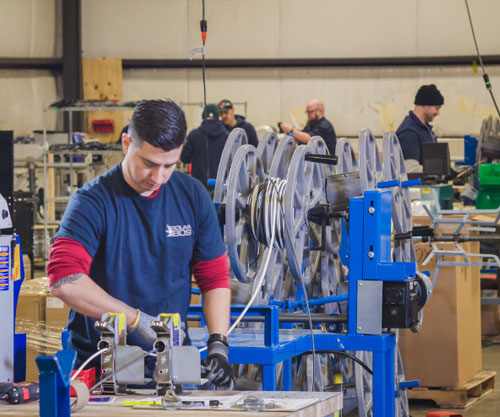
Bulk, off-the-shelf wires require more time to manually crimp, cut and install on site, adding labor and equipment costs. Using bulk wiring can also lead to inconsistent tolerances and inefficient material use and waste — and that’s if all goes well. Wire connection incompatibility in a project’s final stage can impact tight, end-of-project timelines and budgets when there is no slack left in the schedule. Lastly, wire fabricated in the field can’t provide the consistency and long-term reliability that is critically important to asset owners and operators.
By comparison, prefabricated wiring can offset risks and yield the following advantages:
- Wire systems are assembled with precise wiring gauge, harness length and combiner box combinations.
- In-house assembly means superior quality control for better reliability and performance.
- Controlled manufacturing compresses lead times and results in faster delivery.
- Customized solutions simplify on-site execution and compress installation schedules.
- Efficient plug-and-play connections are packaged for accurate installation in the field.
The final result is a high-quality wire solution that is custom-manufactured to each project’s unique cost and schedule requirements.
What to look for in an eBOS partner
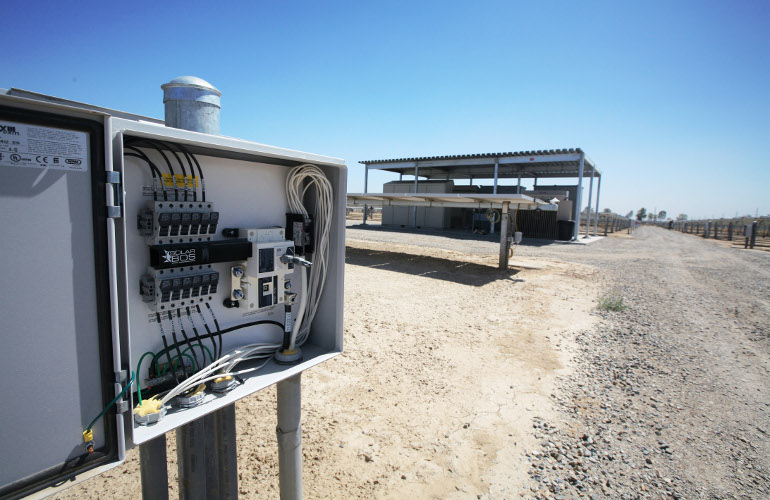
Developing custom wire solutions requires solar experience. Make sure to select a wiring provider that understands other PV components and has a global perspective on the project’s lifecycle. Most bulk wiring providers don’t.
An experienced partner familiar with project complexities both upstream and downstream can anticipate installation issues. Look for a wire provider that can value-engineer custom solutions based on unique project factors like topography, racking height and number of modules. A wire provider should be familiar with O&M practices and able to design a wiring strategy that supports the project’s long-term maintenance.
There are added benefits to working with eBOS partners that integrate wiring with other electrical components. When combined with a turnkey eBOS and mounting offering and in-house assembly, project pitfalls can be avoided, creating a smooth and coordinated process throughout execution.
Project success story
When cranberry farmers in southern Massachusetts decided to go solar, they were not fully aware of the complexities involved in putting in an agrivoltaics system. Their hybrid system combined 9 MW of solar with 36 MWh of storage and was to be installed over a producing, 150-year-old cranberry wetland (bog).
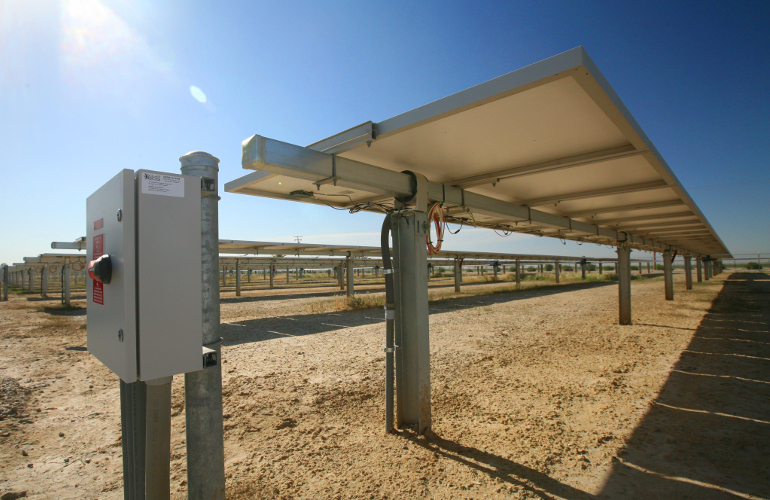
Installing a system over fragile cranberry vines demands extreme caution, requiring precise placement of panels and wiring. The array had to be high enough to not interfere with the crops below and to allow for farming activities such as harvesting to take place seamlessly.
That meant designing the system with some unique features:
- Modules had to be mounted on 25- to 40-ft-long wooden, moisture-resistant utility poles driven 15 to 30 ft into the ground to elevate the trackers 10 ft above the bog. At this height, significantly more wire was required than for a standard ground-mount system.
- Keeping the cranberry bogs fully functioning and undisrupted was key; the wiring solution needed to minimize installation activities.
- Wires had to be delivered within a tight six-week timeline rather than the usual eight- to 12-week lead times.
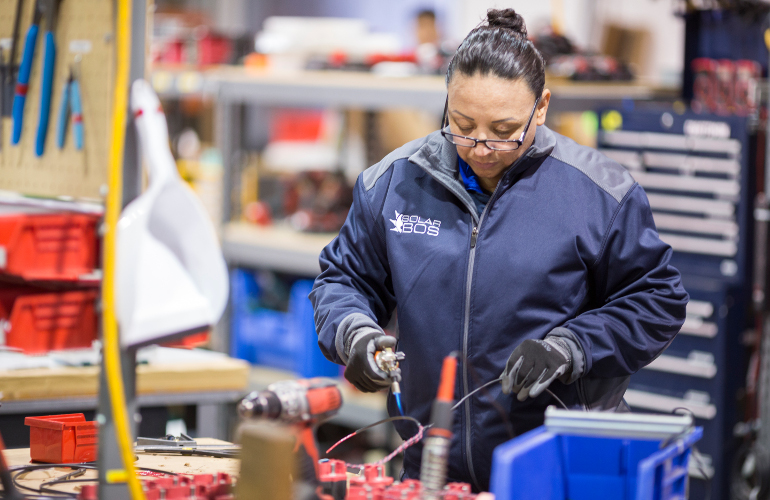
Collaborating with the developer and the EPC, the wire partner designed and delivered a customized solution to ensure the project’s success.
Wiring was combined with other BOS components to create a turnkey solution. The system took into account the project’s unique height, placement, human activities and project turnaround times. And instead of waiting for the racking to be completed before installing the wiring, the partner put the wiring in place alongside the racking and module installations.
The added benefit of using a prefabricated wiring solution ensured speedy installation. About 1,300 source circuit conductors were cut to length and labeled in the factory. The wires were terminated with MC4 connectors installed on the panel end for fast connection with the combiners, and the bundles were shipped on spools to the site.
Bespoke design and execution yields success
Leveraging turnkey BOS experience and in-house assembly allowed the wiring partner to bring unique value to this complex installation, delivering thoughtful coordination and simplicity on-site. The customized, end-to-end wiring solution delivered a quick plug-and-play execution, including:
- Accommodating the atypical height over the bog with consistent and accurate cut lengths.
- Streamlining wiring integration with combiner boxes.
- Coordinating with other components to shave weeks off the typical timeline for a project of this size and complexity.
- Ensuring speedy product delivery and wiring so that construction did not delay harvest.
The outcome points to the benefits of selecting a wiring partner with up-front problem solving skills and expert estimators who can design custom solutions. Finding a flexible vendor with a view of the entire process — from design and supply chain to manufacturing — delivers high-quality planning and solutions to mitigate project risks.

